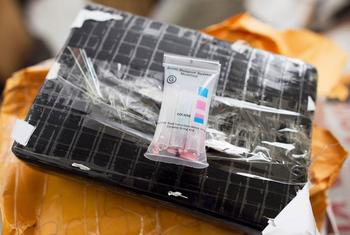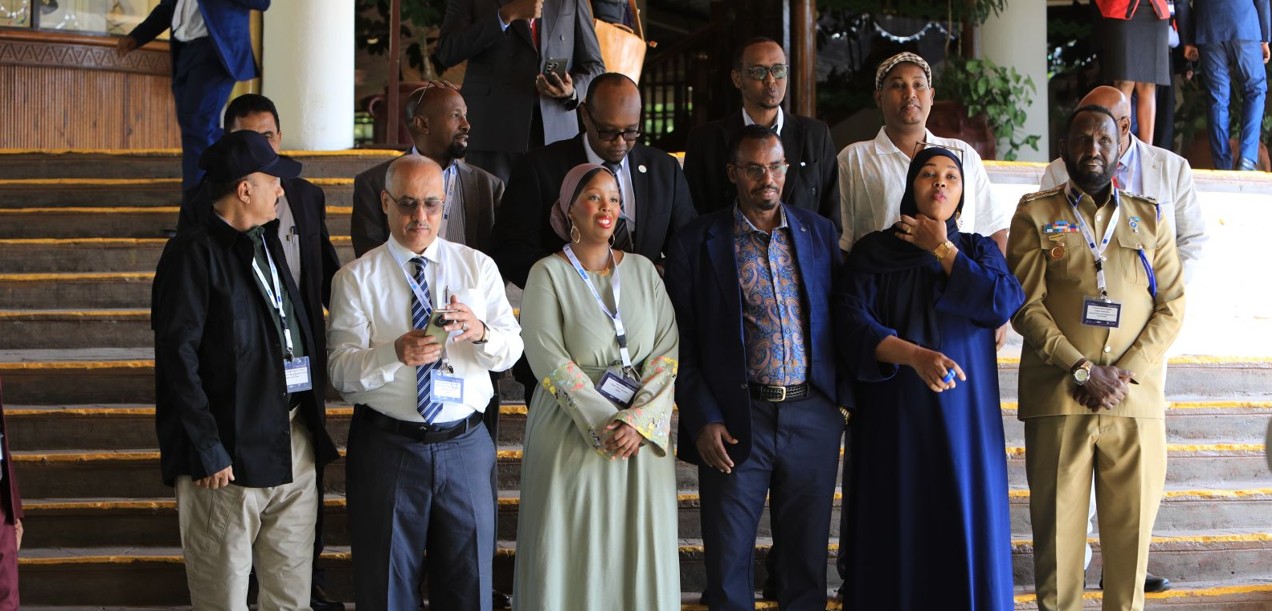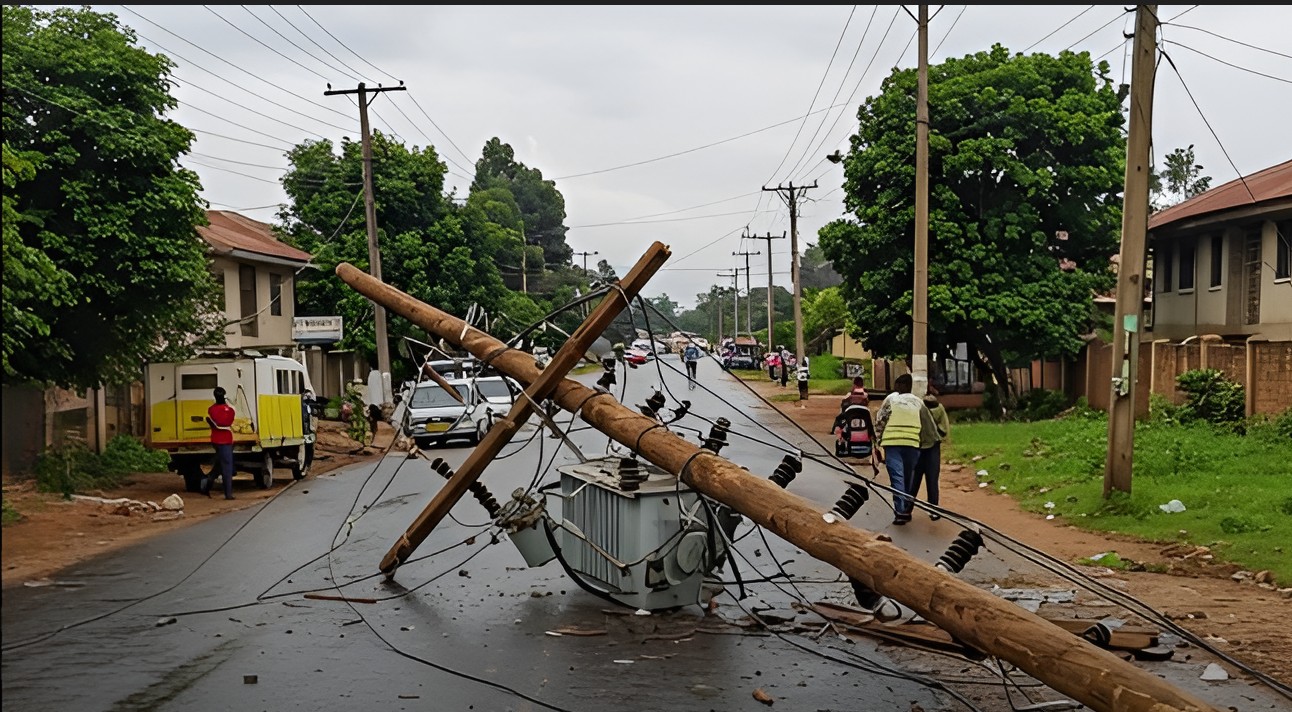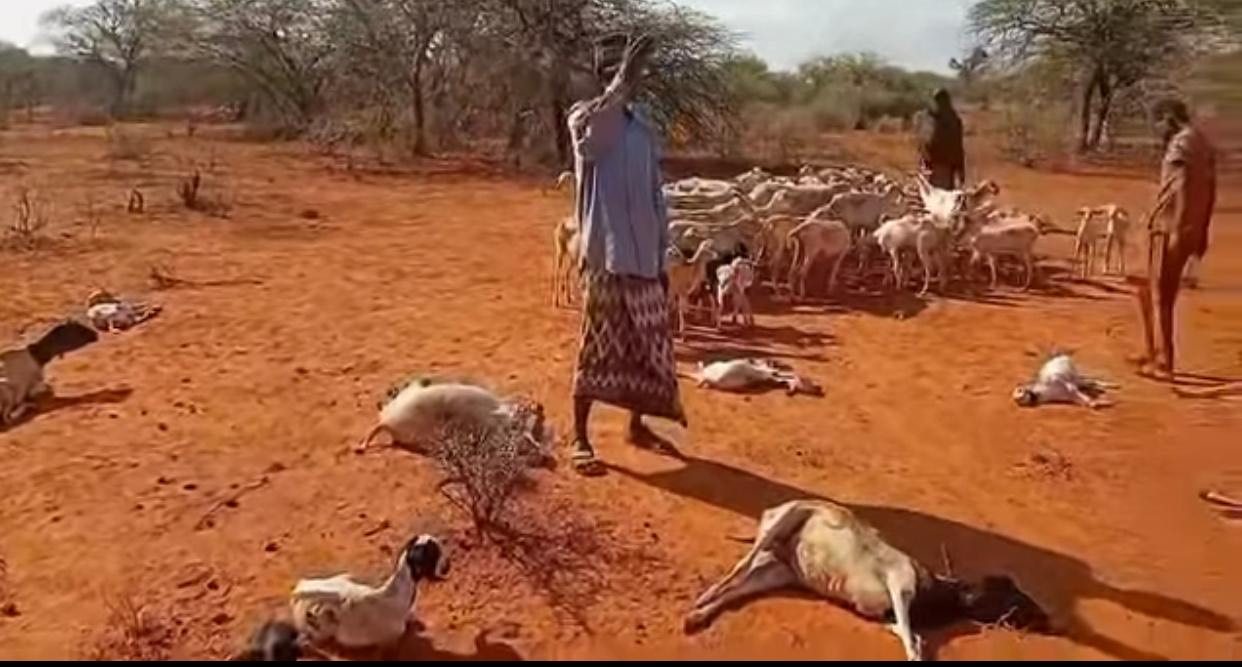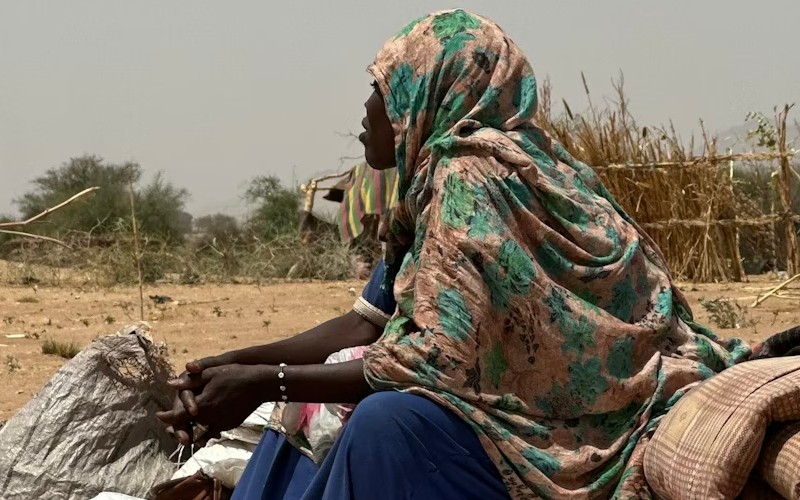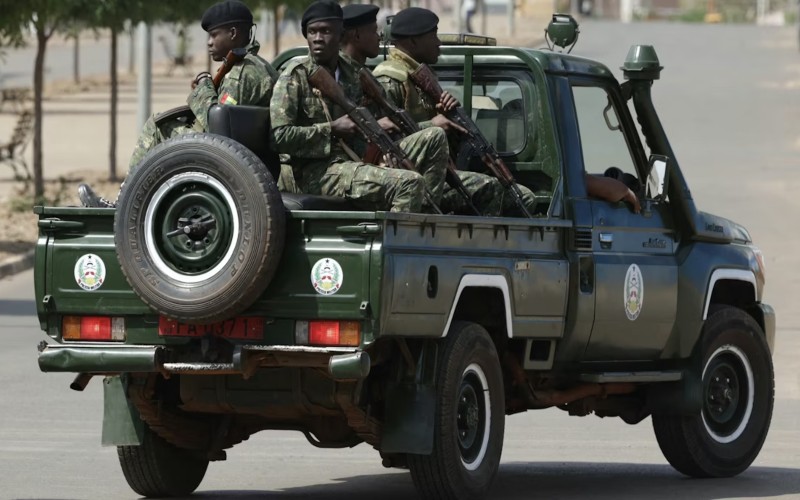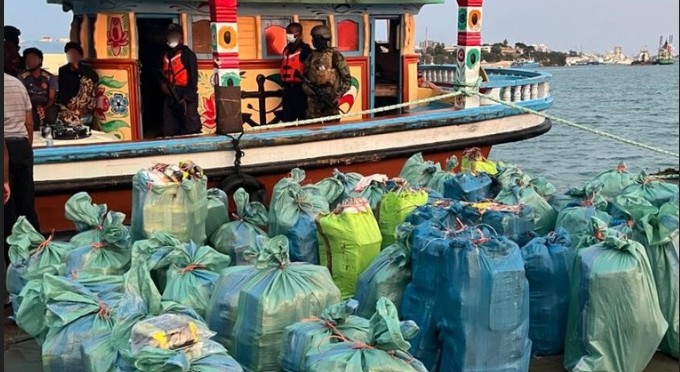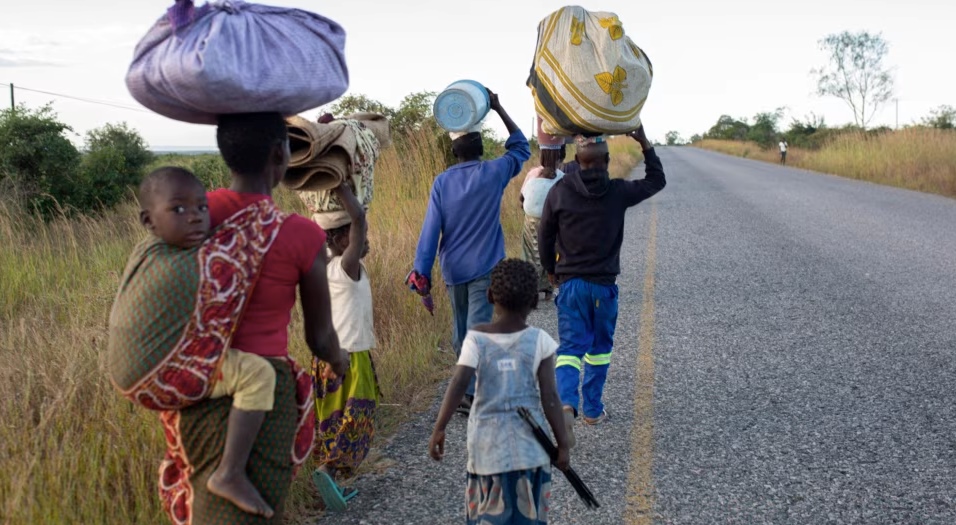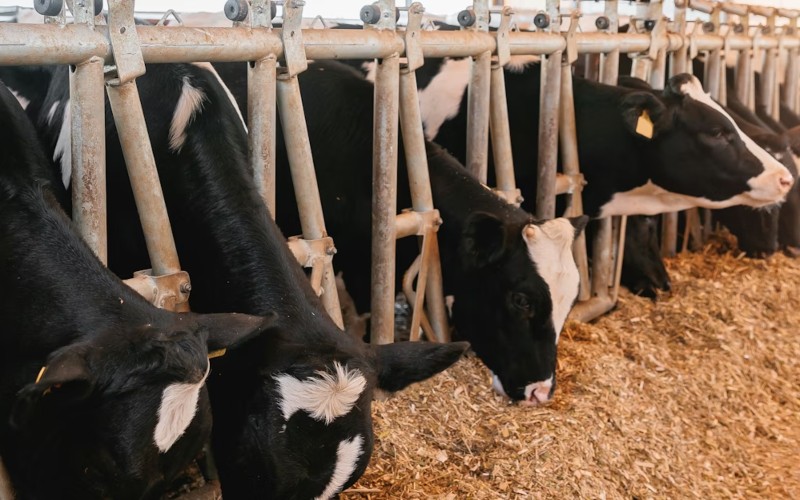Kenya hit hard as therapeutic food supplies dwindle
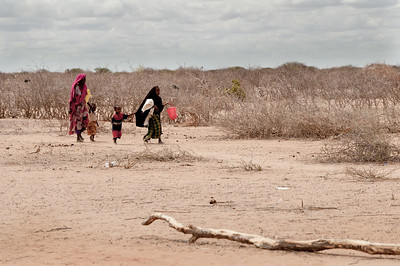
Children in northern Kenya, particularly in Turkana County, are increasingly vulnerable to escalating malnutrition and food insecurity because of repeated droughts and floods.
Millions of children across Africa face the risk of death from severe acute malnutrition as supplies of ready-to-use emergency food dwindle, Save the Children has warned.
In Kenya, the agency says stocks are projected to run out by October, with only 77 per cent of the 105,000 cartons needed through the end of 2025 secured. This shortfall threatens thousands of children in Turkana and other northern counties, areas already battered by recurrent droughts, floods and F.
More To Read
- Factory farming in Africa: Development banks see it as a good idea, but it’s bad for the climate
- Somalia declares drought emergency as millions face hunger after failed rains
- Taita Taveta residents to receive fresh guidance on biotechnology amid rising misinformation
- WFP warns of hunger crisis in Nigeria as 35 million face food shortages
- Somalia faces worsening hunger with millions needing assistance
- Parents lead the fight against malnutrition as Turkana’s ACCEPT project shows big results
The emergency food, officially known as ready-to-use therapeutic food (RUTF), is a peanut-based, energy-dense paste fortified with vitamins and minerals.
It comes in foil packets, requires no refrigeration and has been credited with saving the lives of millions of children over the past three decades. A severely undernourished child is nine times more likely to die from common infections than a well-nourished child.
But aid cuts and collapsing global nutrition funding have left supplies dwindling.
Children in northern Kenya, particularly in Turkana County, are increasingly vulnerable to escalating malnutrition and food insecurity because of repeated droughts and floods.
During Kenya’s rainy season, which ran from March to May, the situation was expected to deteriorate with an estimated 2.8 million people likely to experience high levels of acute food insecurity, a 6 per cent increase in the population classified as being in crisis or worse.
In Kenya, health workers say they are struggling to keep up with growing needs. Sister Winnie, who runs a Save the Children-supported clinic in Turkana, said her team has had to scramble to source therapeutic food from other facilities to prevent children from starving.
“We have tried to source [therapeutic food] from other facilities that have commodities so that we can fully support our children who are very, very malnourished. And if they are not supported, I know very soon we will be losing them,” she said.
Other countries in Africa are also at risk. In Nigeria, an estimated 3.5 million children under five are experiencing severe acute malnutrition.
The country needs at least 629,000 cartons of RUTF to treat children who are severely wasted - or dangerously thin for their height - during the June-November lean season between harvests, but so far only 64 per cent of this has been secured.
Somalia faces nearly 1.8 million children at risk, with one in eight suffering from the deadliest form.
Save the Children’s Regional Director for East and Southern Africa, Yvonne Arunga, described the situation as a silent emergency.
“Imagine being a parent with a severely malnourished child. Now imagine that the only thing that could help your child bounce back from the brink of death is therapeutic food and that food is out of stock when it was once available," she said.
“Hunger knows no borders and no limits, and is a force that drains a child's energy and silences their play and their dreams. At a time when global hunger is skyrocketing, the funding that could save children’s lives has been cut because of recent aid cuts, leading to a global shortage of ready-to-use therapeutic food.”
In South Sudan, about 714,000 children are at risk of severe acute malnutrition, but only one third of those in need have received treatment this year after 15 per cent of nutrition facilities were closed due to funding cuts.
Save the Children has called on the international community to urgently increase flexible funding and strengthen nutrition supply chains to prevent millions of children from slipping closer to death.
Top Stories Today
